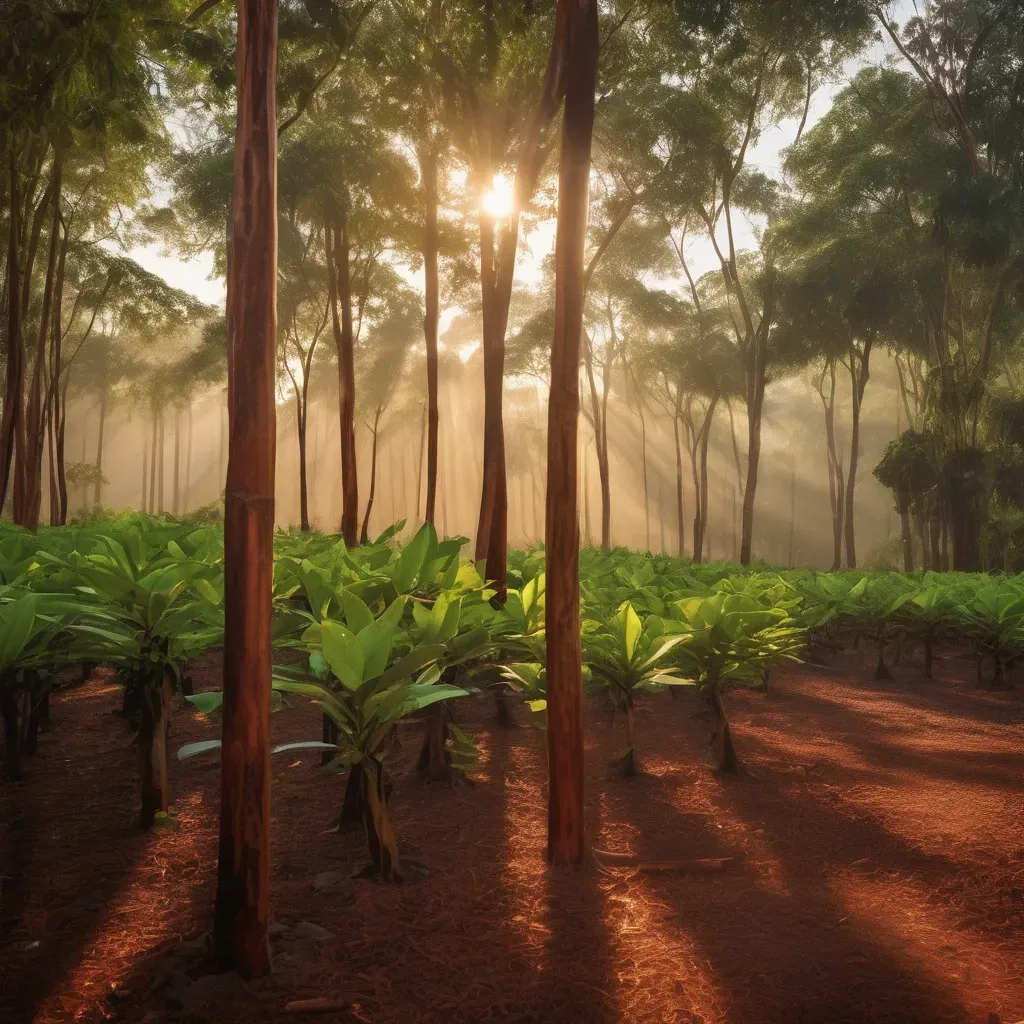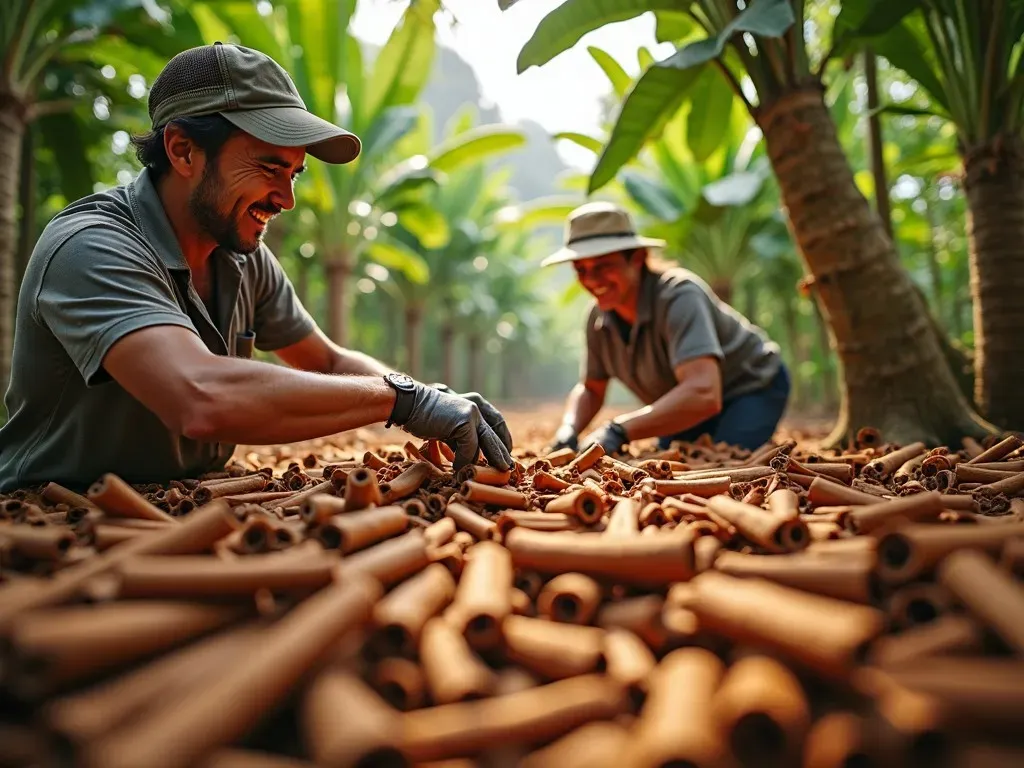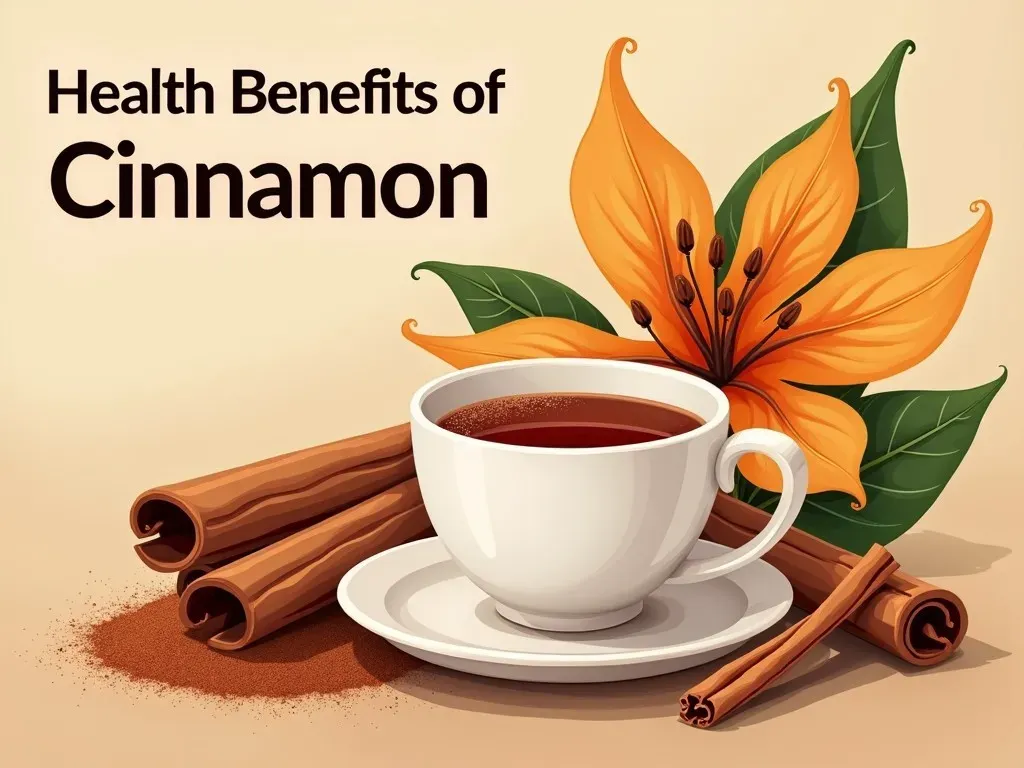The cinnamon plant, scientifically known as Cinnamomum verum (also referred to as true cinnamon), is a bushy evergreen tree native to Sri Lanka and Southern India. Renowned for its aromatic bark, it has been treasured for centuries both as a spice and for its numerous health benefits. But what else is there to know about this versatile plant? Let’s delve deeper into the world of cinnamon, from its origins to cultivation methods and beyond.
The Origins of Cinnamon: Where Does It Come From?
Cinnamon has a rich history that dates back to ancient civilizations. It was highly prized by the Egyptians, who used it in their embalming practices, as well as in cooking and as a distinct fragrance. Over time, its popularity spread, finding a place in various cuisines around the globe.
Where It Grows
The cinnamon tree thrives in tropical climates, particularly in countries such as:
- Sri Lanka: The largest producer of true cinnamon.
- India: Notably in Kerala, where extensive cultivation occurs.
- Indonesia: Known for producing cassia cinnamon, a related but different variety.
| Country | Type of Cinnamon | Production Volume (Approx. tons per year) |
|---|---|---|
| Sri Lanka | True Cinnamon | 10,000 |
| Indonesia | Cassia Cinnamon | 60,000 |
| China | Cassia Cinnamon | 20,000 |
| Vietnam | Cassia Cinnamon | 15,000 |

How Does the Cinnamon Plant Grow?
Cinnamon plants require specific environmental conditions to flourish. Here’s a snapshot of the ideal growing conditions:
| Condition | Description |
|---|---|
| Climate | Tropical, with temperatures ranging from 20°C to 30°C (68°F to 86°F) |
| Soil | Well-draining, rich in organic matter |
| Sunlight | At least 6 hours of direct sunlight daily |
| Watering | Regular watering, keeping the soil moist but not waterlogged |
Steps to Cultivate Cinnamon
- Planting Options: Cinnamon can be grown from seeds or cuttings.
- Spacing: When planting, ensure a distance of about 10–15 feet between each tree to allow for growth.
- Soil Preparation: Amending soil with organic compost will improve growth outcomes.
Harvesting Cinnamon: The Exciting Process
The harvesting of cinnamon is a fascinating process that involves specific techniques to ensure quality production.
When to Harvest?
Cinnamon is typically harvested when the tree is approximately two years old. This is when the bark has matured enough to be harvested without damaging the tree.
Harvesting Techniques
- Cutting: Select branches that are about one year old; cut them to the base.
- Peeling: Carefully strip the outer bark away to reveal the inner bark, which is where the aromatic flavor lies.
- Drying: The harvested inner bark is then rolled into cinnamon sticks and left to dry, transforming into the pungent spice we all love.
Cinnamon Production Worldwide
Cinnamon production is a vital part of many economies. To provide insight, here’s a table showing notable cinnamon-producing countries and their contributions to the global market:
| Country | Production Volume (in tons) | Market Share (%) |
|---|---|---|
| Sri Lanka | 10,000 | 15 |
| Indonesia | 60,000 | 60 |
| China | 20,000 | 15 |
| Vietnam | 15,000 | 10 |
Forms of Cinnamon
Cinnamon is available in various forms, each with its own applications:
- Cinnamon Sticks: Rolled pieces of the inner bark used for flavoring.
- ground cinnamon: Finely ground form used in baking and cooking.
- Cinnamon Oil: Extracted for medicinal and aromatic uses.

Health Benefits of Cinnamon: More Than Just Flavor
Cinnamon isn’t only loved for its flavor; it is also celebrated for its health benefits. Here’s a look at some of the fantastic properties of this aromatic spice:
- Anti-inflammatory Properties: Helps decrease inflammation in the body.
- Antioxidant-rich: Contains powerful antioxidants that can mitigate oxidative stress.
- Blood Sugar Control: Research indicates that cinnamon may help lower blood sugar levels and improve insulin sensitivity.
Nutritional Content of Cinnamon (per teaspoon)
| Nutrient | Amount per Teaspoon |
|---|---|
| Calories | 6 |
| Carbohydrates | 2 g |
| Fiber | 1 g |
| Calcium | 2% of Daily Value |
FAQs about Cinnamon Plant
What tree does cinnamon come from?
Cinnamon originates from the inner bark of cinnamon trees belonging primarily to the Cinnamomum genus, with Cinnamomum verum being the true cinnamon source.
How to grow cinnamon indoors?
To grow cinnamon indoors, plant it in a pot with well-draining soil, provide ample sunlight, and maintain humidity levels. Regular watering is crucial, but avoid waterlogging.
Where do cinnamon sticks come from?
Cinnamon sticks are made from the rolled-up inner bark of cinnamon trees, carefully harvested and dried for use.
How is cinnamon made?
Cinnamon is made by harvesting the inner bark of the tree, drying it, and then cutting it into sticks or grinding it into powder.
Where is cinnamon grown?
Cinnamon is predominantly grown in tropical regions, with significant production in countries like Sri Lanka, Indonesia, and China.

Conclusion
As you can see, the cinnamon plant is not just a spice to add flavor to your culinary creations but a complex and fascinating plant with a rich history and multitude of uses. If you’re inspired to grow your own, follow the guidelines above, and soon you’ll be harvesting this aromatic delight right from your garden. For more detailed information, you can visit Britannica’s Cinnamon article.
With all its health benefits and culinary uses, the cinnamon plant truly is a remarkable gift from nature, waiting to be explored!
